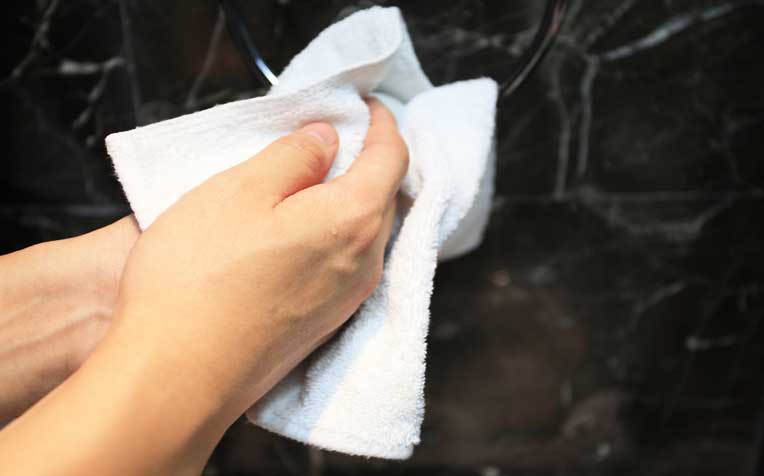HealthXchange will NEVER ask you to transfer money over a call. If in doubt, call the 24/7 ScamShield helpline at 1799, or visit the ScamShield website at www.scamshield.gov.sg.
Sweaty Palms and Armpits: Surgery the Only Permanent Solution

Are sweaty palms affecting your day-to-day life? Surgical intervention may be a solution.
Dr Peter Mack, Senior Consultant from the Department of Hepato-pancreato-biliary and Transplant Surgery at Singapore General Hospital (SGH), a member of the SingHealth group explains how surgery is a permanent solution to sweaty palms and armpits.
A permanent solution to sweaty palms and armpits
Q. I am in my early 20s and have sweaty palms and armpits. This problem was manageable when I was younger but now it is affecting me socially. My work requires me to meet potential customers and shake their hands. I am embarrassed by their reaction and obvious discomfort upon physical contact with me. I have heard of Botox injections but these are costly and only a temporary solution. Is there any permanent procedure that I can consider?
A. At the moment, surgical sympathectomy is the only permanent solution. The procedure involves removing specific nerves that regulate the sweat glands of the palms and armpits.
These nerves are found as bead-like structures embedded within the sympathetic nerve chain that runs parallel to the thoracic spine inside the chest. The surgery is done under general anaesthesia.
With each lung collapsed in turn, an endoscope is inserted into the chest cavity through a cut measuring 1.5 cm under the armpit. Once the sympathetic nerve chain is located, an electric current is passed and the targeted nerves are surgically removed.
Dryness occurs within minutes. The surgery is then repeated on the opposite site. The whole process takes about an hour or more.
Following recovery from anaesthesia, the individual often experiences a dull ache inside his/ her chest with some mild shortness of breath. However, this usually resolves over the next few days with the help of oral painkillers.
The main side effect of this surgery is the development of compensatory sweating in other parts of the body. The extent of the compensatory sweating varies from individual to individual.
A traditional complication of this surgery is “Horner Syndrome” – a situation in which the individual develops a drooping eyelid as a consequence of the inadvertent and unintended damage of an adjacent nerve. However, this complication has become very rare as the endoscope is able to cut precisely at the required site.
Ref: V10
Contributed by
Related Articles
Conditions & Treatments
Public Events
Get the Health Buddy App
© 2025 SingHealth Group. All Rights Reserved.

















 Get it on Google Play
Get it on Google Play